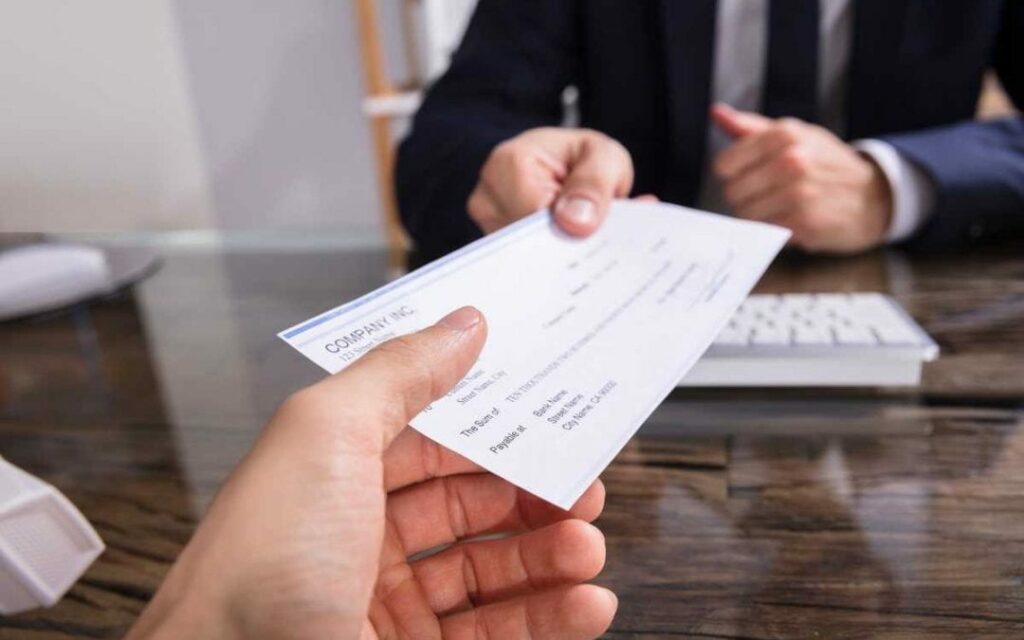Being in a car accident in Austin can be overwhelming, and knowing what to do next is crucial. In 2022, Texas saw over 500,000 motor vehicle crashes, making it essential to understand the legal steps that follow.
First, prioritize safety—move to a secure spot if possible and call emergency services. While waiting, document the scene with photos and gather contact and insurance details, but avoid discussing fault.
Since Texas follows an at-fault system, proper documentation, including police reports, is key for insurance claims. Consulting an attorney can also help navigate liability issues and protect your rights.
Key Highlights
- Take clear and comprehensive photos of the accident scene, gather contact information from witnesses, and obtain the police report to build a solid foundation of evidence.
- In Texas, the modified comparative negligence rule states you can still receive compensation if you’re deemed 49% or less at fault for the accident.
- Insurance companies are required to respond within 15 days of receiving your claim and then make a decision within another 15 days.
- It’s wise to seek legal representation to help you navigate the complexities of liability and to negotiate with insurance companies for a fair settlement.
- While most cases are resolved before reaching trial, being well-prepared with strong evidence and documentation will enhance your negotiating power.
Essential Steps to Take Immediately Following a Car Crash
In the moments following a car accident, the actions you take can significantly influence your safety, legal standing, and potential insurance claims. To navigate this challenging situation effectively, start with essential safety measures. If possible, move vehicles to a secure location and activate hazard lights to mitigate the risk of secondary collisions. It’s crucial to assess the condition of all parties involved; call emergency services immediately for any injuries that require medical attention.
Once safety is secured, it’s time to document the scene meticulously. Capture photographs of vehicle damage, gather witness statements, and exchange contact and insurance information with other drivers. Pay attention to crucial details such as weather conditions, the time of day, and specific vehicle identifiers. These elements can be pivotal when filing claims or addressing liability issues.
Remember, while maintaining a cooperative demeanor with law enforcement, it’s best to refrain from discussing fault at this stage. Additionally, gathering evidence such as photos and witness statements is critical for building a strong case for legal representation. Furthermore, consulting a personal injury lawyer can help ensure that you are aware of insurance company tactics that may affect your claim.
The Role of Police Reports and Evidence Collection
A well-documented police report can be the pivotal factor in determining fault and expediting your claim process. These reports capture essential information such as the time and location of the incident, as well as witness statements, which insurance adjusters rely on heavily.
When it comes to building a strong case, the preservation of evidence is critical. This requires immediate action to collect and document all relevant information. Here are key steps to follow during the documentation process:
- Capture Physical Evidence: Take clear photographs of vehicle damage, the road conditions at the time, and any hazards that may have contributed to the accident. These visuals serve as compelling evidence.
- Collect Contact Information: Ensure you gather contact details from all drivers, passengers, and witnesses involved in the accident. Their accounts may prove invaluable later on, especially in establishing fault and liability in your claim.
- Preserve Vehicle Parts: If any vehicle components detached during the collision, make sure to preserve these parts. They can offer insight into the dynamics of the accident and support your claim.
For accidents that result in injuries or property damage exceeding $1,000, it’s crucial to file a police report within 10 days if one wasn’t completed at the scene. Additionally, seeking assistance from an experienced attorney can help you navigate the complexities of insurance negotiations and strengthen your case.
Navigating Texas Fault Laws and Insurance Claims
In Texas, the at-fault system means that you must file your insurance claim with the insurer of the party responsible for the accident. Determining fault is not just a matter of opinion; it’s rooted in solid evidence such as police reports, photographs of the scene, and witness statements. This can create a significant stress point for victims who may feel overwhelmed by the need to gather this information while managing their recovery.
The state’s modified comparative negligence rule plays a crucial role in your ability to recover damages. If you’re found to be 49% or less at fault, you can still pursue compensation, which underscores the need for a thorough investigation and a knowledgeable approach to your claim. Insurance companies are required to acknowledge the receipt of your claim within 15 days and then have another 15 days to approve or deny it once all documentation is submitted. This timeline can feel lengthy, especially when you’re seeking closure and financial support.
While insurers conduct their investigations, it is essential for victims to consider legal representation. Having skilled legal counsel can protect your rights and help ensure you receive the compensation you deserve. For instance, if you find yourself in a situation where critical evidence is missing or if liability is being disputed, an experienced attorney can navigate these complexities on your behalf.
Understanding the interplay between fault determination and insurance claims can significantly impact your recovery process. By being informed and prepared, you can enhance your chances of a favorable outcome, allowing you to focus on healing and moving forward after an accident.
Working With an Attorney to Build Your Case
Collaborating closely with an experienced attorney can make all the difference in establishing liability and ensuring you receive the compensation you deserve.
A robust legal case hinges on meticulous preparation and strategic action. This involves not just gathering evidence but also understanding how to leverage that evidence effectively. For instance, immediate evidence preservation is crucial—photographs of the accident scene, witness statements, and detailed documentation can significantly bolster your case.
Moreover, consider the specific traffic patterns and road conditions in high-risk areas, such as those in Austin. An attorney can provide a professional analysis that highlights these factors, enhancing your argument.
Complicated liability issues often arise, particularly in accidents involving multiple parties or complex insurance negotiations. Here, your attorney’s expertise becomes invaluable. They can navigate these challenges with finesse, ensuring that your interests are protected throughout the process.
Incorporating expert testimony and thorough medical documentation into your case is essential as well. This not only reinforces your claims but also provides a comprehensive picture of the impact the accident has had on your life.
From Settlement Negotiations to Trial Proceedings
After engaging in negotiations with a well-articulated demand letter, successful settlement strategies hinge on the presentation of comprehensive evidence, including medical records, documentation of damages, and clear proof of liability. In most cases, insurance companies will respond with counteroffers, which can create a back-and-forth negotiation dynamic that may feel frustrating.
However, when discussions stall or fail to yield a satisfactory offer, meticulous trial preparation becomes imperative. This phase includes collaborating with accident reconstruction experts to bolster your case, ensuring all medical documentation is complete and up to date, and organizing evidence for effective presentation in court. Understanding that while the majority of cases settle, being prepared for litigation not only enhances your negotiating stance but also instills confidence in your position.
Throughout this process, pay attention to the details: accurate documentation, the strategic timing of your discussions, and a comprehensive understanding of your case’s strengths and weaknesses. These elements can be the difference between a favorable settlement and a lengthy trial. As you navigate this intricate landscape, remember that informed decisions and solid preparation are your best allies.
In Summary
Navigating the aftermath of a car accident in Austin demands careful attention to various legal and procedural steps. Victims must understand the importance of police reports, evidence collection, and insurance claims to safeguard their rights effectively.
Seeking the assistance of experienced legal counsel can significantly alleviate the stress associated with these complex processes. At Batrice Law Firm, we are committed to providing premier personal injury attorney services, ensuring clients pursue the fair compensation they deserve.
Our team is dedicated to guiding accident victims through settlement negotiations or trial proceedings seamlessly. With our expertise, clients can focus on recovery while we handle the intricacies of their case.
We understand the challenges faced during this difficult time and aim to deliver the best possible outcomes. Contact Batrice Law Firm today to learn how we can assist you in your journey toward justice and compensation.




